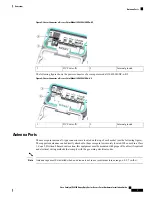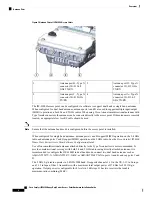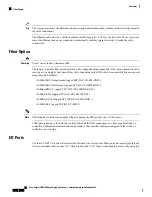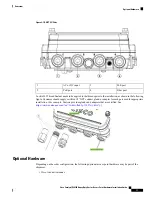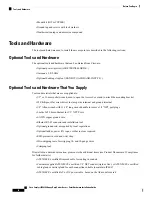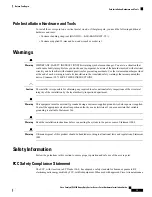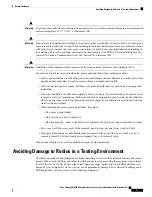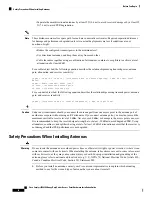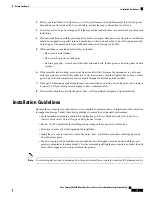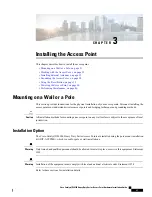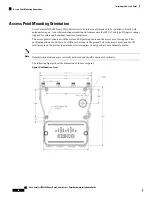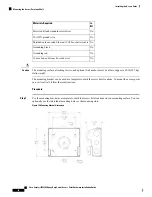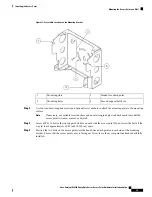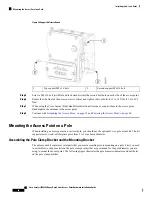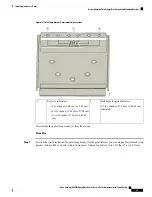
2.
Select your installation site with safety, as well as performance, in mind. Remember that electric power
lines and phone lines look alike. For your safety, assume that any overhead line can kill you.
3.
Contact your electric power company. Tell them your plans and ask them to come look at your proposed
installation.
4.
Plan your installation carefully and completely before you begin. Each person involved in an installation
should be assigned to a specific task and should know what to do and when to do it. One person should
be in charge of the operation to issue instructions and watch for signs of trouble.
5.
When installing your antenna, follow these guidelines:
• Do not use a metal ladder.
• Do not work on a wet or windy day.
• Do dress properly—wear shoes with rubber soles and heels, rubber gloves, and a long-sleeved shirt
or jacket.
6.
If the assembly starts to drop, move away from it and let it fall. Because the antenna, mast, cable, and
metal guy wires are all excellent conductors of electrical current, even the slightest touch of any of these
parts to a power line completes an electrical path through the antenna and the installer.
7.
If any part of the antenna system should come in contact with a power line, do not touch it or try to remove
it yourself. Call your local power company to have it removed safely.
8.
If an accident should occur with the power lines, call for qualified emergency help immediately.
Installation Guidelines
Because the access point is a radio device, it is susceptible to common causes of interference that can reduce
throughput and range. Follow these basic guidelines to ensure the best possible performance:
• For information on planning and initially configuring your Cisco Mesh network, refer to the
Cisco
Wireless Mesh Access Points, Design and Deployment Guide.
• Review the FCC guidelines for installing and operating outdoor wireless LAN devices.
• Perform a site survey before beginning the installation.
• Install the access point in an area where structures, trees, or hills do not obstruct radio signals to and
from the access point.
• The access points can be installed at any height, but best throughput is achieved when all the access
points are mounted at the same height. Cisco recommends installing the access points no higher than 40
feet to allow support for wireless clients on the ground.
To calculate path loss and to determine how far apart to install access points, consult an RF planning expert.
Note
Cisco Catalyst IW6300 Heavy Duty Series Access Point Hardware Installation Guide
19
Before You Begin
Installation Guidelines



